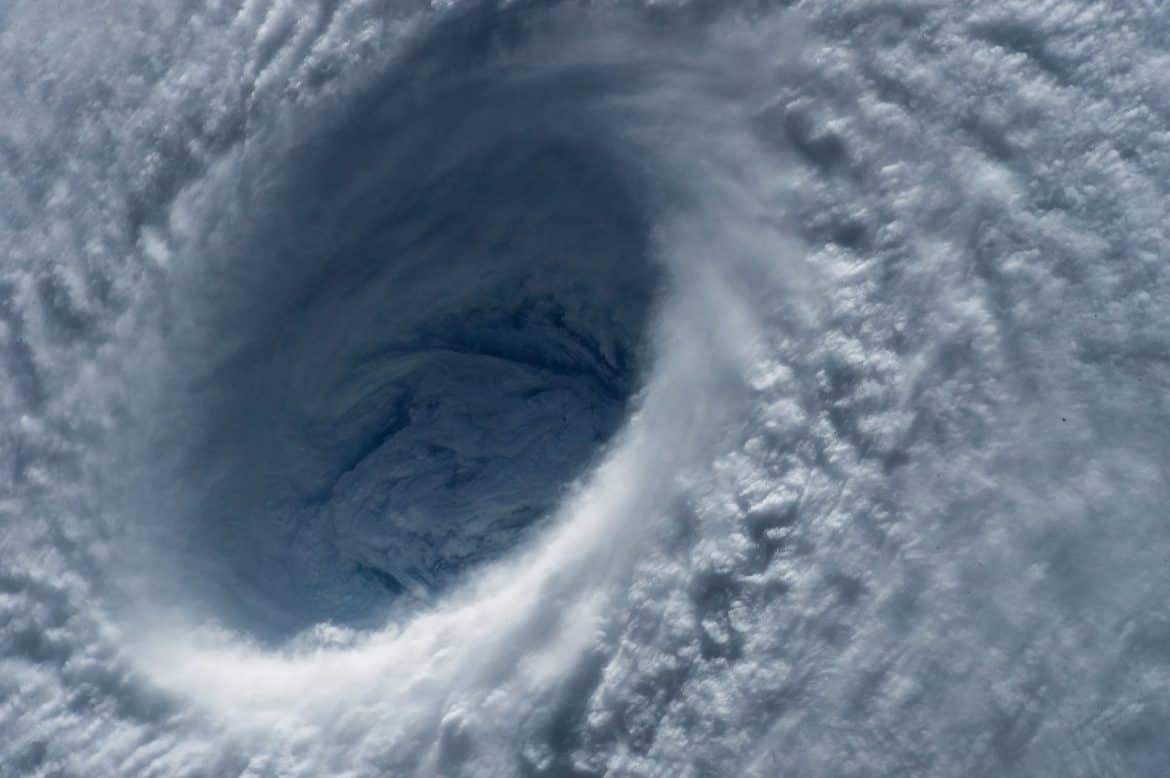
This guest post is courtesy of Joe Perko, Director of Field Services at Rapid Refile is a recognized leader in document restoration and recovery, vacuum-freeze drying, mold remediation and flood restoration services for businesses and individuals.
Avoid Document Restoration Needs: How to Prepare
The Atlantic hurricane season runs from June 1 to Nov. 30 and peaks between the months of August and September. About 10 named storms occur each season, with an average of two or three becoming major hurricanes.
How to Prepare for Hurricane Season
In addition to affecting coastlines, hurricanes and tropical storms can affect communities that are hundreds of miles inland. Hurricanes can bring winds exceeding 155 miles per hour, as well as microbursts (straight-line winds that shoot air downward), tornadoes, storm surges, floods and extensive damage. Flying debris and floods are often the most deadly, expensive and destructive results of hurricanes, especially when the storms move slowly through an area. Since it’s difficult to predict what the next hurricane season has in store, being prepared can help you stay safe and recover faster.
Before the hurricane season begins:
Make an emergency plan for your family and/or business. In this plan, include the location of a safe meeting place, important phone numbers, the location of community hurricane shelters and a map of emergency evacuation routes. Additionally, make a plan to recover and get back on your feet after the storm passes.
Prepare an emergency kit. This kit should include a radio, drinking water, food, clothes, blankets, medications, flashlight, pet supplies (if appropriate) and copies of important paperwork.
Know your area. Identify the areas of your community that are most likely to flood to determine the risk to your property.
Review your insurance policy. Sometimes insurance policies don’t cover water damage to homes and buildings. Review your insurance policy with your agent, even if you rent, to make sure you have enough coverage against wind and water damage.
Purchase materials to protect your home. If you don’t have hurricane or storm shutters for your windows, you’ll need to cover them with 5/8-inch marine plywood.
Manicure your landscape. Keep trees and shrubs around your home trimmed so they resist the wind better.
Scan important documents. These documents can include contracts, deeds to buildings, titles for vehicles, photographs, historical pieces, books, medical records and so on. A document restoration service can give you advice about saving important documents.
Restoring Wet Documents
Restoring wet documents after a hurricane or storm can be difficult to do on your own, especially if the weather is humid and there is a loss of power. One of the best ways to recover your wet documents is with the help of a document restoration service that uses vacuum-freeze drying techniques. This method includes the use of a chamber that blast-freezes wet documents and vaporizes the ice using precise pressure and temperature controls to prevent further damage. Vacuum-freeze drying is the ideal, highest-quality method to salvage wet books, photos, specialty or fragile papers and large volumes of books and paper.

